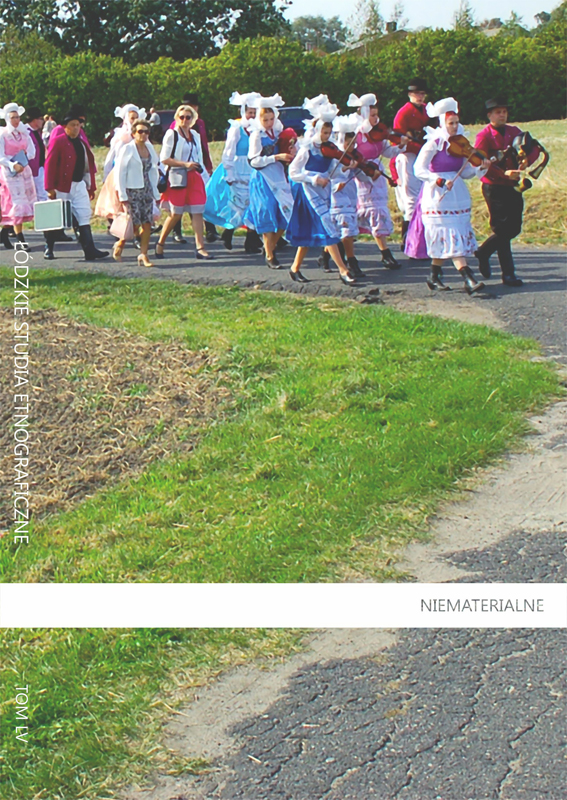Tourism and Intangible Cultural Heritage: a Review of Opportunities and Threats. The Case of Traditional Crafts and Handicrafts
DOI:
https://doi.org/10.12775/LSE.2016.55.09Keywords
tourism, intangible cultural heritage, crafts, handicraftsAbstract
Tourism is an important social phenomenon and a sector of economy that is developing more and more rapidly. It is especially cultural tourism that grows fast and also serves as a platform for the meeting of tourism and intangible cultural heritage. It meets the needs of the postmodern man who seeks excitement and diversity. The UNESCO Convention for the Safeguarding of the Intangible Cultural Heritage (2003) does not address the topic of tourism. From the point of view of researchers, it is regarded as a threat to intangible cultural heritage that may result in its commercialization and commodification. However, tourism can also have a positive impact on intangible cultural heritage, including traditional handicraft skills. The topic of the paper is the relationship between tourism and intangible cultural heritage with particular emphasis on traditional crafts and handicrafts. The text is an attempt to show the positive and negative consequences of this contact and to demonstrate on the example of traditional lace-making in Bobowa that the relationship does not entail only negative consequences.
Downloads
Published
How to Cite
Issue
Section
License
- The authors give the publisher (Polish Ethnological Society) non-exclusive license to use the work in the following fields:
- recording of a Work / subject of a related copyright;
- reproduction (multiplication) Work / subject of a related copyright in print and digital technique (ebook, audiobook);
- marketing of units of reproduced Work / subject of a related copyright;
- introduction of Work / object of related copyright to computer memory;
- dissemination of the work in an electronic version in the formula of open access under the Creative Commons license (CC BY - ND 4.0).
- The authors give the publisher the license free of charge.
- The use of the work by publisher in the above mentioned aspects is not limited in time, quantitatively nor territorially.
Stats
Number of views and downloads: 649
Number of citations: 0



